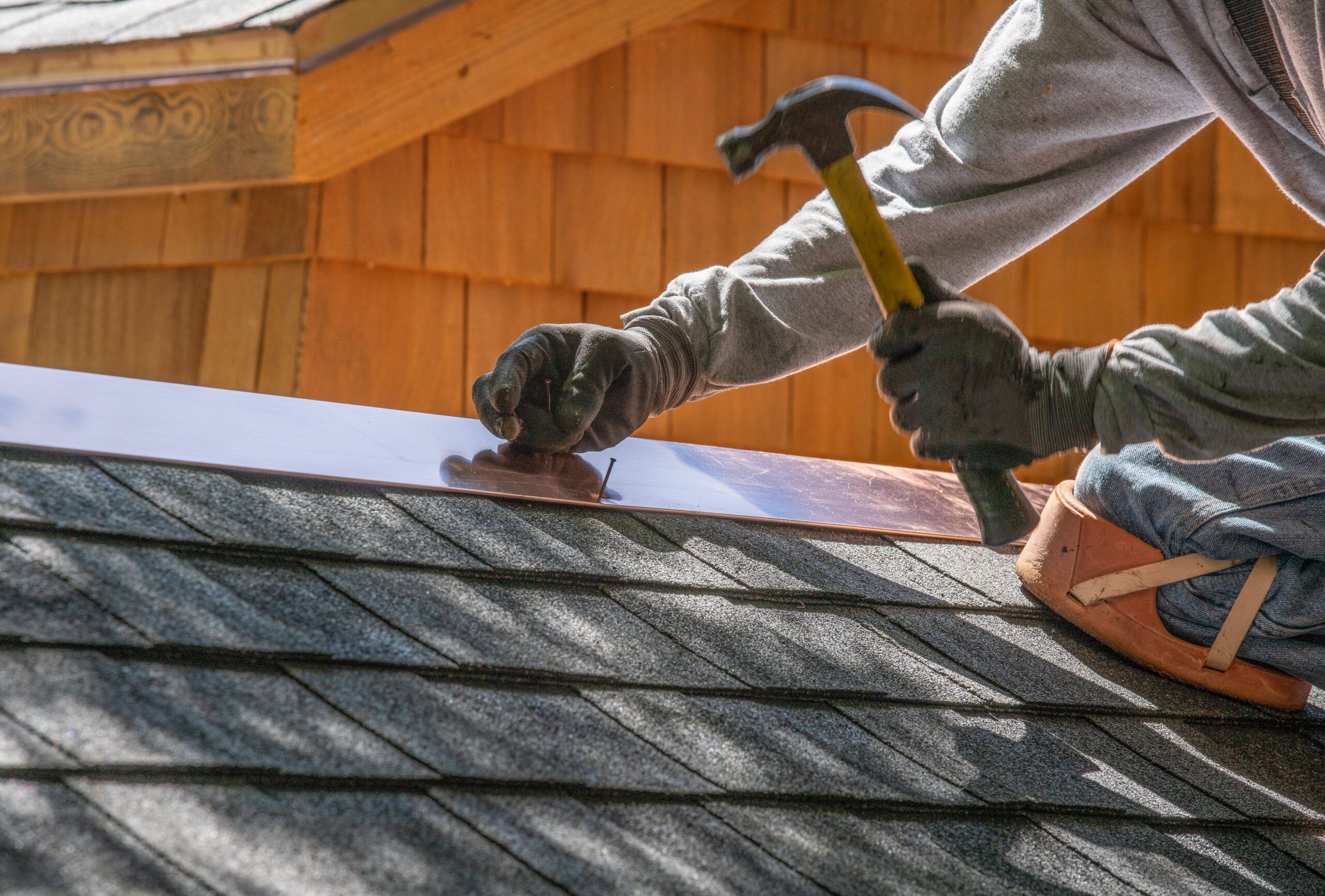
Introduction
Roof leaks can be a homeowner’s nightmare, causing damage to the interior of your home and potentially leading to more extensive issues. The good news is that with some careful inspection and DIY repairs, you can address roof leaks on your own. In this article, we’ll guide you through the process of inspecting and repairing roof leaks to safeguard your home.
Understanding the Signs of Roof Leaks
Before diving into repairs, it’s crucial to recognize the signs of a roof leak. Water stains on the ceiling, mold growth, or damp spots on walls are indicators of potential issues. Additionally, during heavy rain, check for active drips or water pooling in your attic. Identifying these signs early can prevent further damage.
Safety First: Preparing for Roof Inspection
Safety is paramount when inspecting and repairing a roof. Start by selecting a sunny day with clear weather to conduct your inspection. Use a sturdy ladder and ensure it’s placed on level ground. Wear appropriate safety gear, including non-slip shoes and a harness if working on a steep roof.
Thorough Roof Inspection
Begin your inspection by carefully examining the roof surface. Look for damaged or missing shingles, cracks, or any areas where water could potentially seep through. Pay close attention to areas around chimneys, vents, and skylights, as these are common trouble spots. Take note of any debris or moss that may need removal.
Identifying the Source of the Leak
Locating the source of the leak is crucial for effective repairs. Inside your home, trace the water stains or damp spots back to their origin on the roof. Once you’ve identified the area, inspect it closely for any visible damage. Remember that water can travel along roof structures, so the entry point may not always be directly above the interior damage.
DIY Patching for Small Leaks
For small leaks or damaged shingles, DIY patching is often a practical solution. Use roofing cement to seal small cracks or gaps in shingles. Apply the cement with a putty knife and press the shingle down to ensure a secure bond. This quick fix can prevent water from infiltrating your home while you plan for more extensive repairs.
Replacing Damaged Shingles
If your inspection reveals damaged or missing shingles, replacement is necessary. Carefully lift the edges of the surrounding shingles using a flat bar and remove the damaged shingle. Slide the new shingle into place, ensuring it aligns with the surrounding ones. Nail the shingle securely and seal the edges with roofing cement for added protection.
Addressing Flashing Issues
Flashing around chimneys, vents, and skylights can deteriorate over time, leading to leaks. Inspect the flashing for cracks or gaps and replace any damaged sections. Use roofing cement to secure the new flashing in place, creating a watertight seal. Properly sealed flashing is essential for preventing water intrusion.
Checking Gutters and Downspouts
Clogged gutters and downspouts can contribute to roof leaks by causing water to pool on the roof. Regularly clean out debris from gutters and ensure downspouts are directing water away from the foundation. This simple maintenance task can go a long way in preventing water-related issues on your roof.
Monitoring Repairs and Planning for Professional Help
After completing your DIY repairs, monitor the affected areas during the next rainstorm to ensure the leak is resolved. If the issue persists or if your roof requires more extensive repairs, it’s advisable to consult with a professional roofing contractor. They can assess the situation and provide guidance on long-term solutions.
Conclusion
Inspecting and repairing roof leaks on your own is a manageable task with the right approach and precautions. By identifying signs early, conducting a thorough inspection, and addressing issues promptly, you can protect your home from the damaging effects of leaks. For more information on DIY home maintenance and related topics, visit FundYourPurpose.org.










